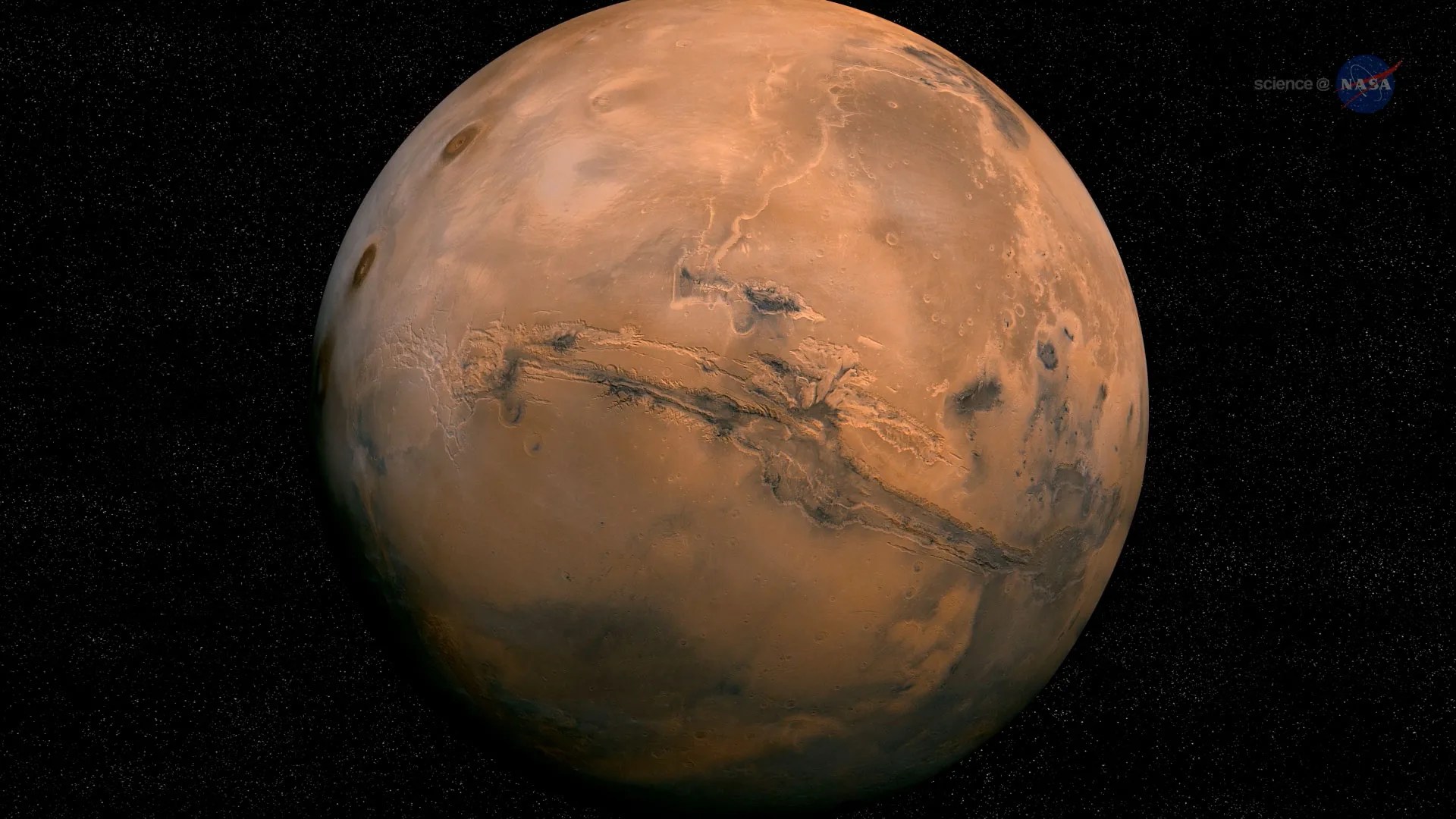2 min read

We are planning only 2 sols today because there will be a soliday on Sunday to get us back in sync with "Mars time" in Gale Crater. The focus of science planning this morning was on observations of the current workspace, including an experiment to acquire APXS and MAHLI data on a bedrock target before and after brushing. MAHLI images of three potential DRT targets were received and used to determine which of these small exposures could be brushed. One had small pebbles in the DRT ellipse, so could not be brushed, but both of the other targets ("Christmas Cove" and "Mitten Ledge") are brushable. So the APXS will measure the chemistry of Christmas Cove before it is brushed off, then will be placed on the brushed spot to measure chemical differences. MAHLI will image both targets before and after brushing, then acquire a full suite of images on a layered block dubbed "Whittum." Also on Sol 1818, ChemCam will shoot its laser at another layered bedrock block named "Medomak." Mastcam will also image Medomak, the Sun, and the crater rim to measure dust opacity in the atmosphere. That night, the APXS will be placed on Mitten Ledge for a long integration.
On Sol 1819, Navcam will search for dust devils before ChemCam acquires passive spectra of Christmas Cove and Mitten Ledge. Mastcam will then acquire multispectral observations of Christmas Cove and more distant "Jaquish Ledge" before the rover drives away. After the drive, in addition to the standard imaging, DAN will execute two active integrations. Because the Martian winter is approaching, we are planning more heating, which reduces the power available for other activities. Therefore, it was difficult to fit all of the above into the plan today, making for a challenging day for me as SOWG Chair. We had to shorten or delete some scientific observations, which was painful, but I'm happy with all of the science we were able to plan today!
Written by Kenneth Herkenhoff, Planetary Geologist at USGS Astrogeology Science Center







